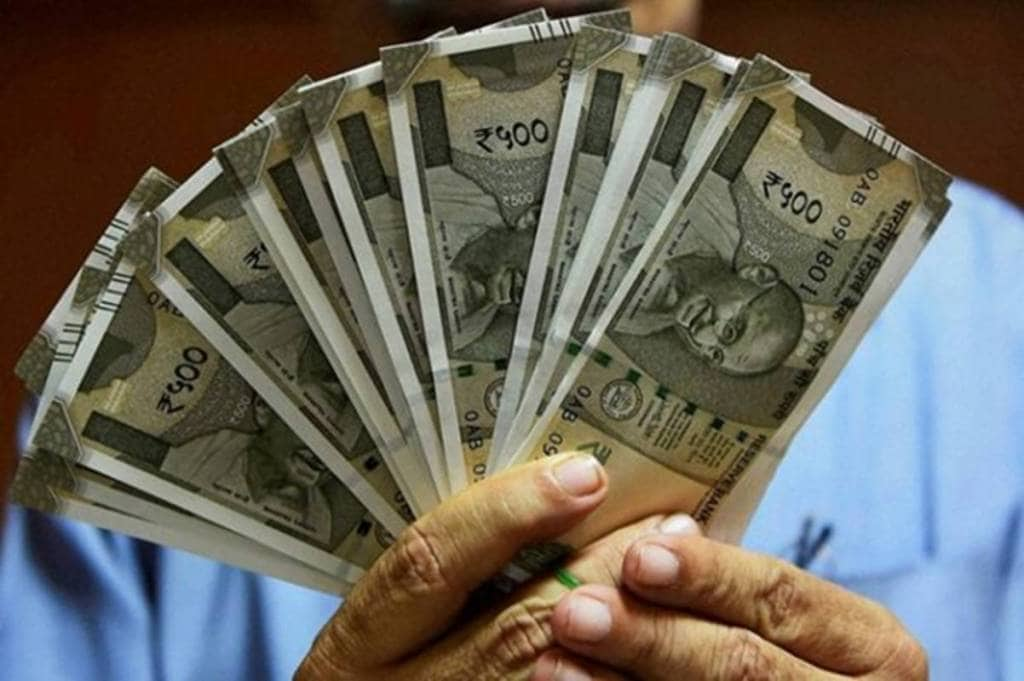The rupee on Monday weakened to 72.9375 against the dollar in intra-day trade before recovering to close at 72.9125. In the offshore markets, the three-month non-deliverable forwards (NDF) was around 73.58/$ on Friday but fell to about 73.96/$ by the time Indian markets closed on Monday. A month ago, the NDF was trading at 72.08/$.
The Reserve Bank of India (RBI) on Monday announced open market operations (OMO) where it has decided to conduct purchase of Government securities worth `36,000 crore throughout October during different weeks, primarily based on an assessment of the durable liquidity needs going forward, and the seasonal growth in currency in circulation observed in build-up to the festive season.
Ashhish Vaidya, MD and head of trading and money markets at DBS Bank India, says that the recent OMO suggests the RBI could be softer on the interest rate side. “The expectation the hike in the coming monetary policy meeting may not be very big, might have contributed to the weakening of the rupee together with rise in oil prices during Monday’s trade,” Vaidya said. He added that the OMO should be looked at as a liquidity measure and not an yield signal.
The fall in the Indian rupee was in sync with the other emerging market currencies which remained volatile owing to fears of trade tariffs and the US Fed’s stance on continuing to hike rates further. The dollar index – dollex remained strong at 95.32 levels, up 19 points over Friday’s close. Ashutosh Khajuria, ED and CFO of Federal Bank, pointed out that the prices of Brent crude oil hovering at a nearly four-year high is the primary reason for the rupee to weaken by 42 paisa at the end of Monday’s trade session.
“India has perenially been a current account deficit (CAD) country wherein, the foreign currency demand is always higher than the supply and, in that situation, the rupee has a tendency to depreciate, unless funded by the capital account,” Khajuria said. The price of Brent crude oil hovered around $83.31/barrel, up 6.60% in the past one month. Previously, similar levels were seen in November, 2014.
The premium on three-month forward contracts fell three basis points (bps) on Monday to around 4.47%, over Friday’s close. A month ago, on September 3, the premium on the forward contract was at 4.32%. Further, the perception of foreign investors about rupee assets also plays into NDF betting. The sentiment in the NDF markets coupled with a negative view on rupee assets was the reason behind the rupee’s 42 paisa fall on Monday.


